Operating an electric forklift requires not only skill but also a solid understanding of both technical aspects and safety protocols. If you’re new to this, learning and adhering to proper operation procedures is crucial to avoiding unnecessary risks. In this guide, TCID will walk you through the essential skills needed to operate an electric forklift safely and efficiently.
1. Advantages of Electric Forklifts
Energy Efficiency: Electric forklifts run on electricity, offering cost savings compared to forklifts powered by fossil fuels like gasoline or diesel. Additionally, maintenance and operational costs are generally lower, as there’s no need for oil changes, fuel filter replacements, or other engine-related upkeep typical of combustion engines.
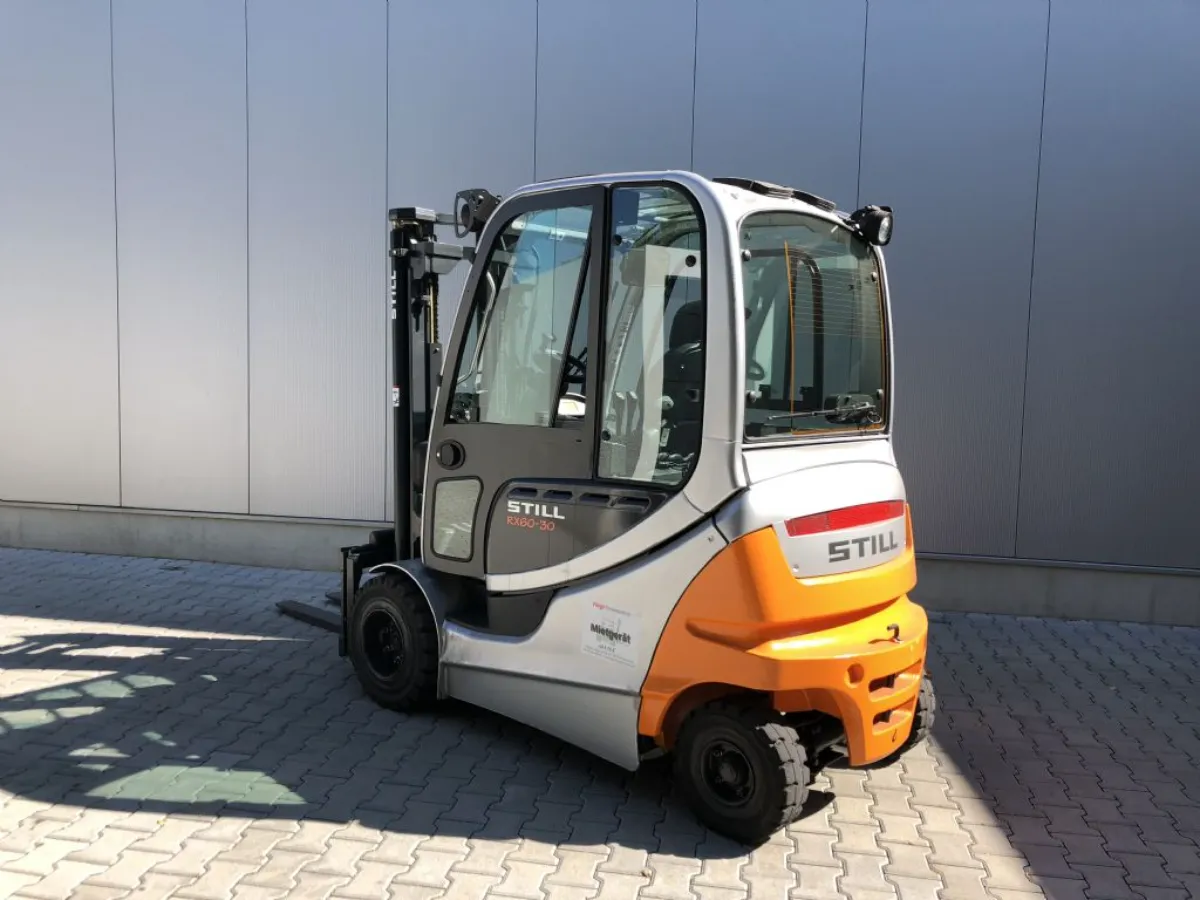
Environmentally Friendly: Electric forklifts produce zero emissions, making them ideal for environments that require a clean working space, such as warehouses, food production facilities, and pharmaceutical plants. By minimizing emissions, these forklifts contribute to improved air quality and healthier work conditions.
Quiet Operation: Electric forklifts operate with minimal noise, significantly reducing overall noise levels in the workplace. This is a key advantage in enclosed environments, creating a quieter, more comfortable workspace that enhances worker concentration.
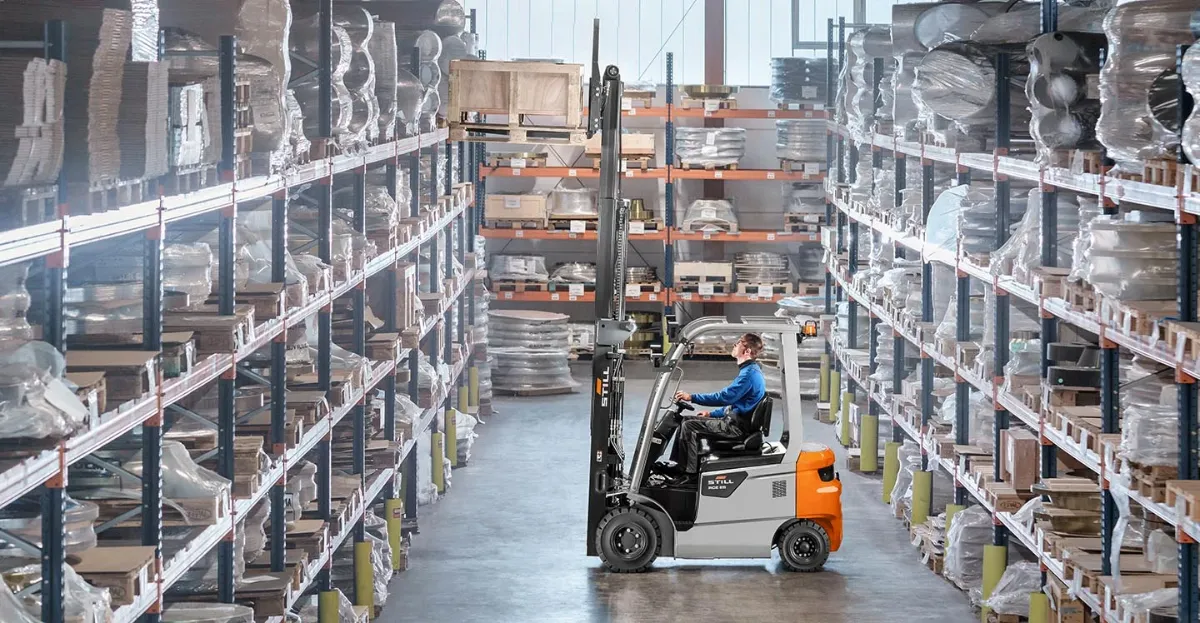
Easy Maintenance: With fewer moving parts than traditional models, electric forklifts are easier to maintain. Routine maintenance typically involves checking and replacing the battery as needed, without the need for complex system checks or parts replacements.
This not only saves time and reduces maintenance costs but also minimizes downtime, ensuring that work schedules remain on track.
2. Electric Forklift Operating Instructions
Preparation Before Operation
- Adjust the Seat: Ensure the seat is adjusted to suit your height and reach, maintaining a comfortable distance from the steering wheel.
- Fasten the Seatbelt: Secure your safety by fastening the seatbelt before starting the forklift. The key should be in the “OFF” position while adjusting the seat.
- Conduct a General Check: Ensure all parts of the forklift are functioning properly, with no visible signs of damage.
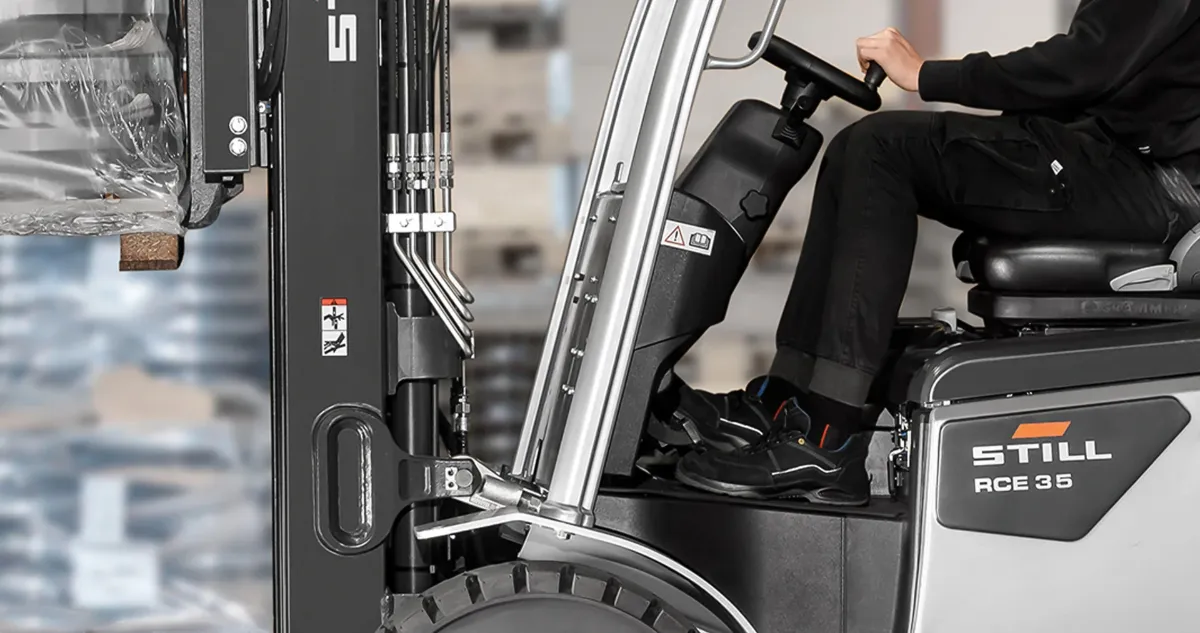
Starting the Forklift
- Apply the handbrake.
- Set the lift lever to the neutral position if applicable.
- Turn the key to the “ON” position to start the forklift.
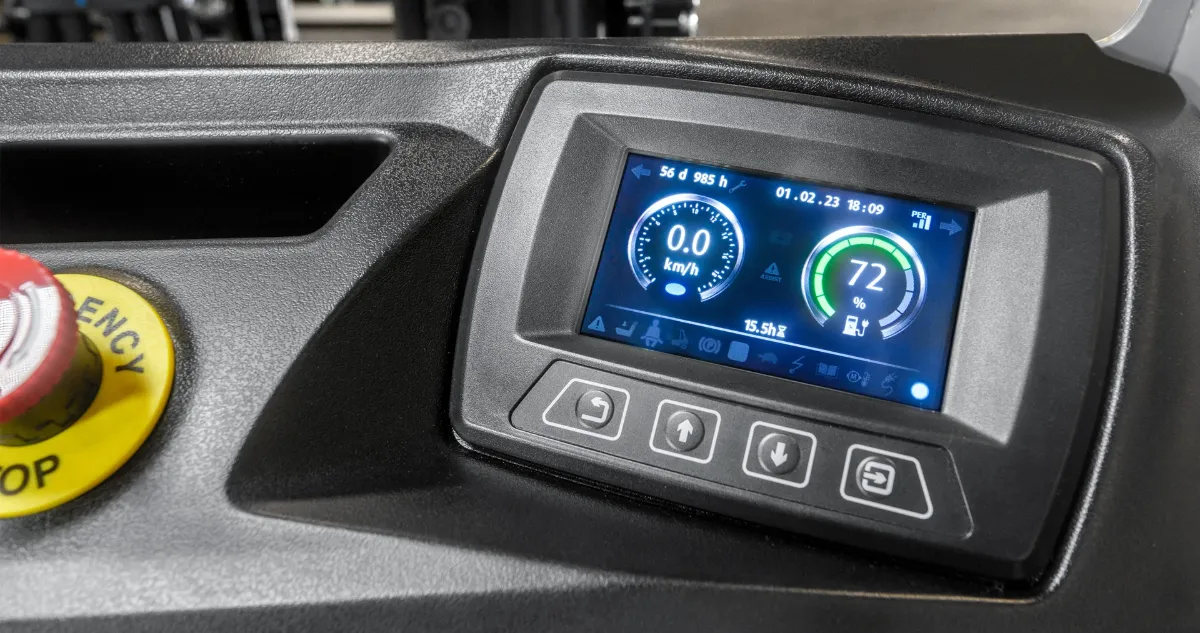
After Starting
- Check Your Surroundings: Ensure the area around the forklift is clear and safe before moving.
- Raise the Forks: Lift the forks approximately 10-20 cm off the ground and tilt the mast fully back.
- Engage Gears: While pressing the clutch/brake pedal, move the forward/reverse lever to the desired direction. Release the handbrake and clutch/brake pedal while gradually pressing the accelerator.
- Control Speed: Adjust your speed using the accelerator or forward/reverse control pedal.
Safety Tips
- Always change gears when the forklift is at a complete stop to protect the equipment and ensure safety.
- Avoid operating the lift while pressing the accelerator pedal.
- Stay focused and watch out for pedestrians and other workers in the area.
- Drive at low speeds in areas with limited visibility.
- Slow down and brake when moving downhill. When carrying a load, move in reverse downhill; when unloaded, drive forward uphill.
- Be cautious on steep inclines to prevent the forks or pallet from hitting the ground. When moving uphill with a load, drive forward; when unloaded, move in reverse.
- Avoid switching gears while the engine is running to prevent accidents.
- Never leave the forklift unattended with the key in the “ON” position.
- Turn the key to the “OFF” position before removing it.
3. Additional Tips for Electric Forklift Operation
Operating an electric forklift requires caution and adherence to safety rules to ensure efficient work and prevent accidents. Here are some important tips:
Inspect the Forklift Before Use: Before operating, conduct a thorough inspection of all parts. Start by checking the tires for damage and proper pressure. Next, ensure the brake system is functioning well.
Check that signal lights and the horn are operational to warn others during movement. Finally, confirm that the battery is adequately charged.
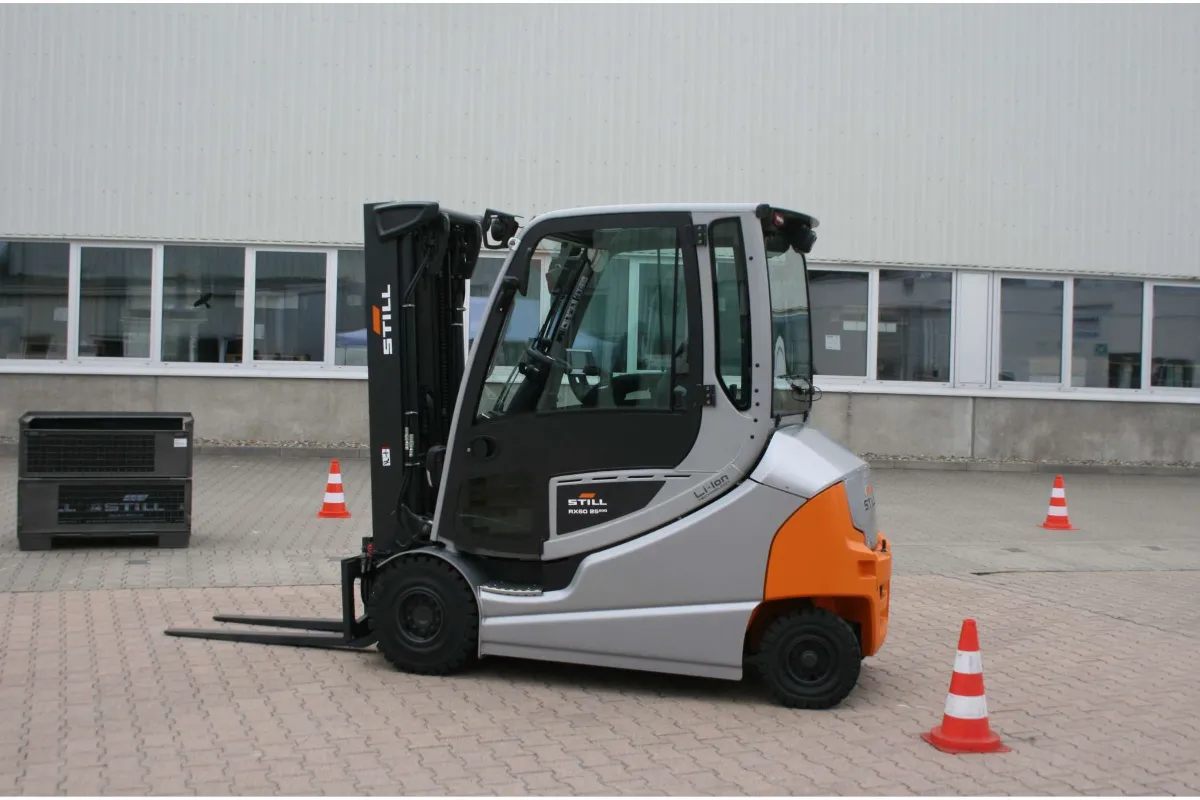
Follow Safety Regulations: Always adhere to safety regulations, including the use of personal protective equipment like helmets, gloves, and safety shoes.
Adjust Speed Accordingly: Adjust your speed to match the working conditions and surroundings. In confined spaces or areas with foot traffic, reduce your speed for safety. When driving on uneven terrain or slopes, proceed slowly and carefully to avoid tipping.
Pay Attention to Load and Balance: Always be mindful of the load and balance of the forklift. Avoid exceeding the forklift’s load capacity, as this can be dangerous and damage the equipment. Ensure the load is evenly distributed and securely fastened before lifting and moving.
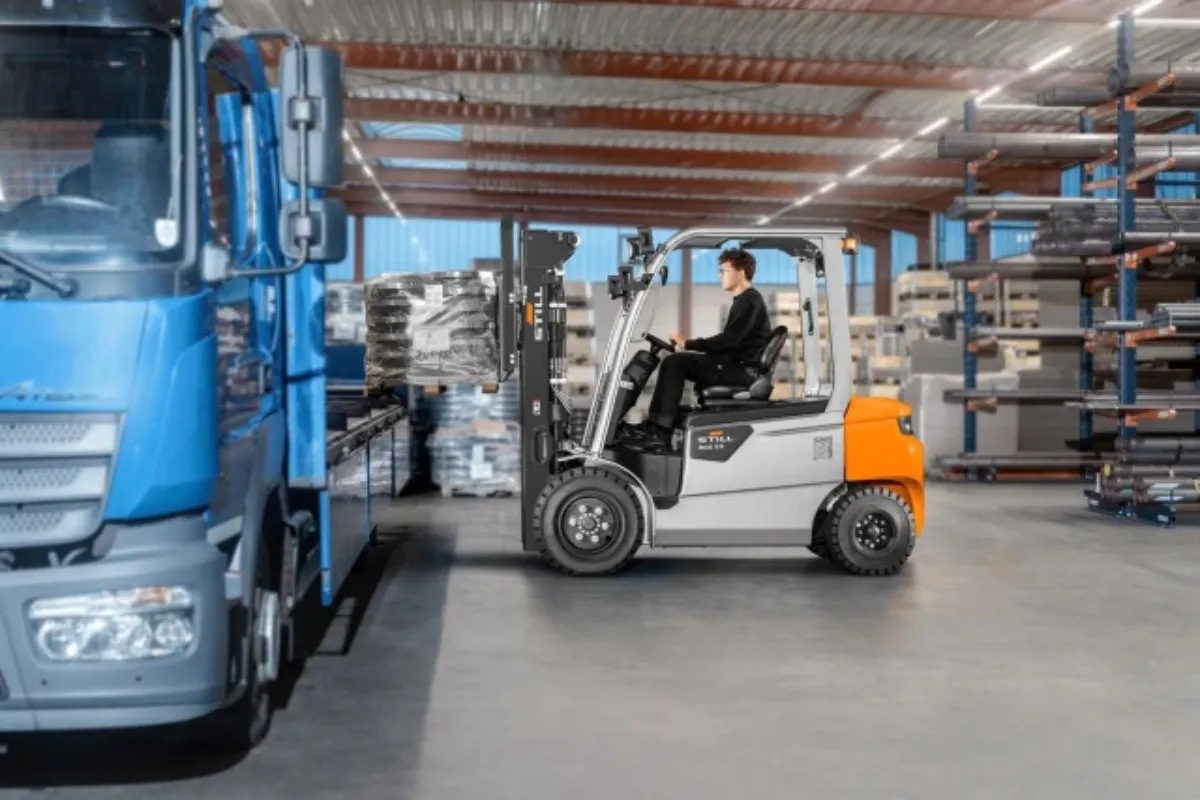
Regular Maintenance: Regular maintenance is crucial to ensuring the forklift operates safely and efficiently. Follow the manufacturer’s maintenance schedule, including oil changes and checks on mechanical and electrical systems, to detect and address issues promptly.
4. Conclusion
We hope this guide has provided you with a comprehensive understanding of how to operate an electric forklift correctly. Mastering the essential safety rules and operating skills will not only boost your efficiency but also ensure safety in the workplace.
If you need to purchase an electric forklift, VNA forklift, reach truck, or other types of forklifts, contact TCID for expert advice and a prompt quote!





